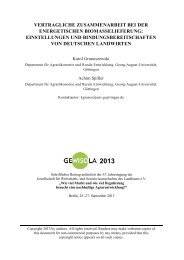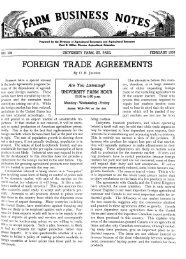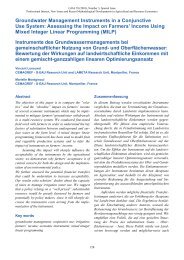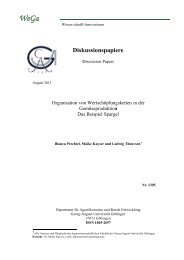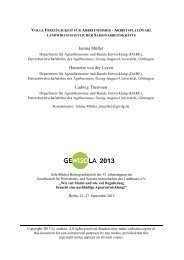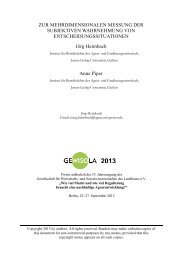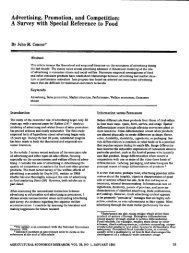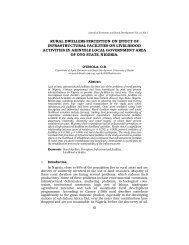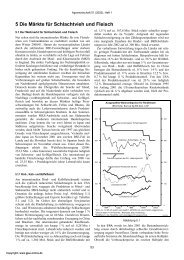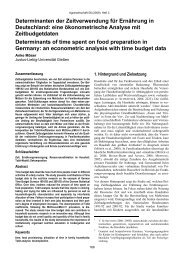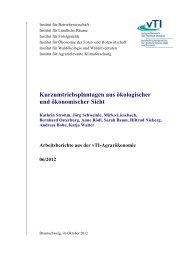District Institutes of Education and Training - Teacher Education
District Institutes of Education and Training - Teacher Education
District Institutes of Education and Training - Teacher Education
You also want an ePaper? Increase the reach of your titles
YUMPU automatically turns print PDFs into web optimized ePapers that Google loves.
<strong>District</strong> <strong>Institutes</strong> <strong>of</strong> <strong>Education</strong> <strong>and</strong> <strong>Training</strong>: A Comparative Study in Three Indian States<br />
for girls, they have a set notion that after all they will have to marry <strong>and</strong><br />
work at home so they keep them at home at will (22.9.99).<br />
There were until July 2000 ten teachers, all <strong>of</strong> whom had the basic elementary<br />
teaching qualification, <strong>and</strong> all <strong>of</strong> whom came from higher castes than the children.<br />
The role <strong>of</strong> principal was adopted by the oldest teacher present. All these teachers<br />
were female, <strong>and</strong> native to or had married into Rajpur village – a factor they saw<br />
as positive, claiming that they know the children better, can underst<strong>and</strong> their<br />
problems <strong>and</strong>, as they put it, ‘tackle’ them accordingly.<br />
In mid-July, at the start <strong>of</strong> the new school year, staffing patterns changed as the<br />
addition <strong>of</strong> higher classes to the school meant it was upgraded to middle school.<br />
This entailed a move from one educational authority – the Panchayat Samiti (local<br />
panchayat) in charge <strong>of</strong> elementary schools, to another, the <strong>Education</strong> Department.<br />
The teachers appointed under the Panchayat were to be transferred to other<br />
Panchayat schools, while the six new teachers <strong>and</strong> new principal would continue<br />
to work in Rajpur school. Throughout much <strong>of</strong> the year, as the old teachers waited<br />
to go <strong>and</strong> the new teachers waited for them to go, there were two distinct factions<br />
with no-one attempting to establish a rapport or get down to work –<br />
a state <strong>of</strong> affairs that subordinated children’s needs to the politics <strong>of</strong> teacher<br />
transfers. In March, the arrangements changed again; the Panchayat teachers<br />
would not now be transferred.<br />
A source <strong>of</strong> internal dissent was that the principal had given the Panchayat teachers<br />
the higher classes while the <strong>Education</strong> Department teachers had been given lower<br />
classes. The Panchayat teachers were aggrieved by this as the upper classes, in their<br />
view, are less labour intensive. The Department teachers also had to commute to<br />
the village from the <strong>District</strong> town, well over an hour away, <strong>and</strong> the Panchayat<br />
teachers complained about their lack <strong>of</strong> punctuality.<br />
The year groups were divided into parallel classes, although these were <strong>of</strong>ten<br />
combined when one teacher was absent. The observation focused on teacher<br />
Asha’s class, which was sometimes combined with teacher Ruchi’s. Children were<br />
seated in lines, facing the teacher <strong>and</strong> the blackboard. The classrooms were not<br />
brightly painted or adorned although the walls bore the uplifting sayings by<br />
national leaders found in every government school.<br />
Controversy about the literacy ‘method’<br />
Rajpur school is in a block covered by Lok Jumbish, which had ushered in<br />
innovations such as a Village <strong>Education</strong> Committee, <strong>and</strong> Block <strong>and</strong> Cluster<br />
Resource Centres. Enquiries about changes to the school as a result <strong>of</strong> these<br />
34 DFID



